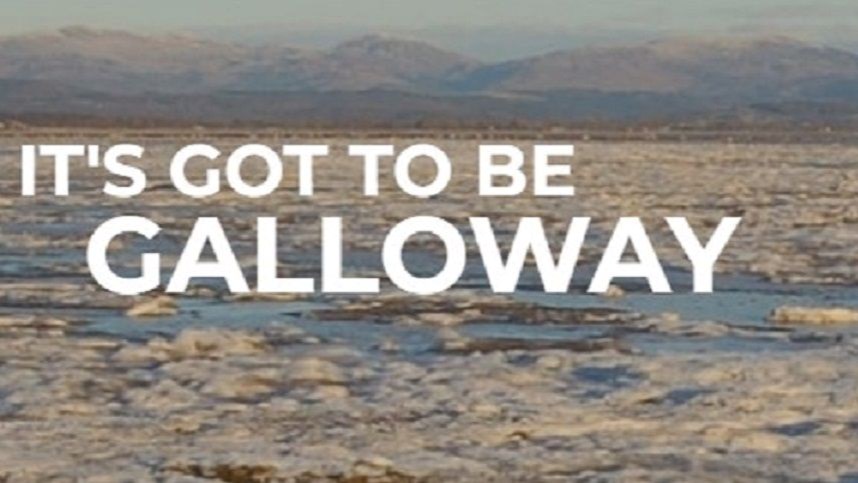
Councillors back bid for new Galloway National Park
East Ayrshire Cabinet confirmed support for the creation of a new Galloway National Park this week, as they agreed to reaffirm their backing for the Galloway National Park Association (GNPA) submission to the Scottish Government as it considers bids for the designation of new National Parks in Scotland
In 2016 a group of local people formed the Galloway National Park Association (GNPA) to lobby for the creation of an National Park in the Galloway area following the successful creation of Scotland’s other two National Parks at Loch Lomond and the Trossachs and the Cairngorms.
Following a series of public consultations, which started in 2022, the Scottish Government opened a nomination and appraisal process, which closes on Thursday 29 February 2024.
Councillor Graham Barton, East Ayrshire Council Cabinet Member for Net Zero and the Environment explained: “Since its inception, the GNPA has been lobbying for the creation of a Galloway National Park to help promote and protect the area for a sustainable future. Park status would help everyone using its natural resources to strike the right balance in maintaining and nurturing the area’s environment while conserving local culture, economy, wildlife and creating opportunities for enjoyment appreciation of all the area has to offer.
“Together with the other authorities involved in the proposed area of the National Park, GNPA has asked us to support its bid for this designation. At this stage we’re happy to agree this in principal given that the designation of the area fits with both our Local Development Plan 2 and Net Zero Climate Change target ambitions.
“We are so lucky in East Ayrshire to have this outstandingly beautiful and naturally important landscape on our doorsteps. Having National Park status for the Galloway area would help us make sure that conservation and net zero is at the heart of all development in our communities, with all the opportunities it will create for tourism, agriculture, horticulture and hospitality which works well with and for that landscape.
“We’re sure it will bring benefits in both environmental and economic terms to all who live, work and visit this precious and beautiful natural environment.”
Some facts about the proposed Galloway National Park area:
The Nomination
- The area for a Galloway National Park is the most south-western corner of Scotland forming a substantial part of the ancient kingdom of Galloway. It lies mainly to the south and west of a line from Dalmellington to Castle Douglas, curving in the south-east to meet the Nith estuary, and to the north-west sweeping south round much of the Plateau Moorland (Ayrshire) to take in part of the Ayrshire coast.
- The area is of outstanding national importance due to its natural and widely recognised cultural heritage and overlaps the UNESCO Biosphere. At its heart are the wild lands surrounding the Merrick (843m). This distinctive granite high ground is interspersed with Galloway Forest Park and Dark Sky Park.
- The precise boundary would be decided after examination: the nominated area is about 3,000km2. The population of this area is a little over 25,000, excluding the three larger settlements of Stranraer (10,600), Newton Stewart (4,100) and Kirkcudbright (3,400).
- GNPA state that significant economic benefits will flow to the gateway towns outside the nomination area, and these would include Girvan, Dalmellington, Castle Douglas, Dalbeattie and Dumfries.
- The area includes almost 100 important conservation designations:
eight Ramsar sites
four Special Protection Areas
13 Special Areas of Conservation
72 Sites of Special Scientific Interest
Together these have an area of over 400 sq.km after discounting overlaps. There is one National Nature Reserve at Cairnsmore of Fleet, the largest Local Nature Reserve in the UK in Wigtown Bay, and 74 Local Wildlife Sites.
- The proposed area is mostly contained within the Galloway and South Ayrshire Biosphere (Core Area of 106km2 , and total area of land and sea 9,719km2).
- Galloway Forest Park is the largest single ownership (774km2 )
The area has:
- 25% of Scotland’s saltmarsh habitat
- 200 km of coastal cliff and slope
- The largest sand dune system in southern Scotland
- A minimum of 8,090 species recorded
- All species of Scotland’s bats, native reptiles and amphibians
- Excellent bird diversity, including overwintering waders and wildfowl,
- Svalbard’s entire population of Barnacle Geese (of international importance)
- nationally important numbers of Dunlin and Redshank
- The greatest diversity of butterfly and moth species in Scotland
- A mix of northern/highland and southern/lowland species, many at the edges of their ranges
- The Galloway International Dark Sky Park
Benefits of a National Park designation:
Potentially National Parks can:
- provide a clear focus on an area, and usually bring some government funding
- bring international recognition, promotion and branding
- bring more visitors to remote areas, benefit tourism and generate new commercial and marketing opportunities
- generate a focus on active conservation management
- encourage and facilitate outdoor recreation and associated health benefits
- promote and encourage education and interpretation
- encourage inward investment and tourism not just in their boundaries but in adjacent hinterlands
- provide direct and indirect employment by the Park Authority
- deliver investment in tourism related infrastructure such as parking places, signage, and address other visitor management issues.
